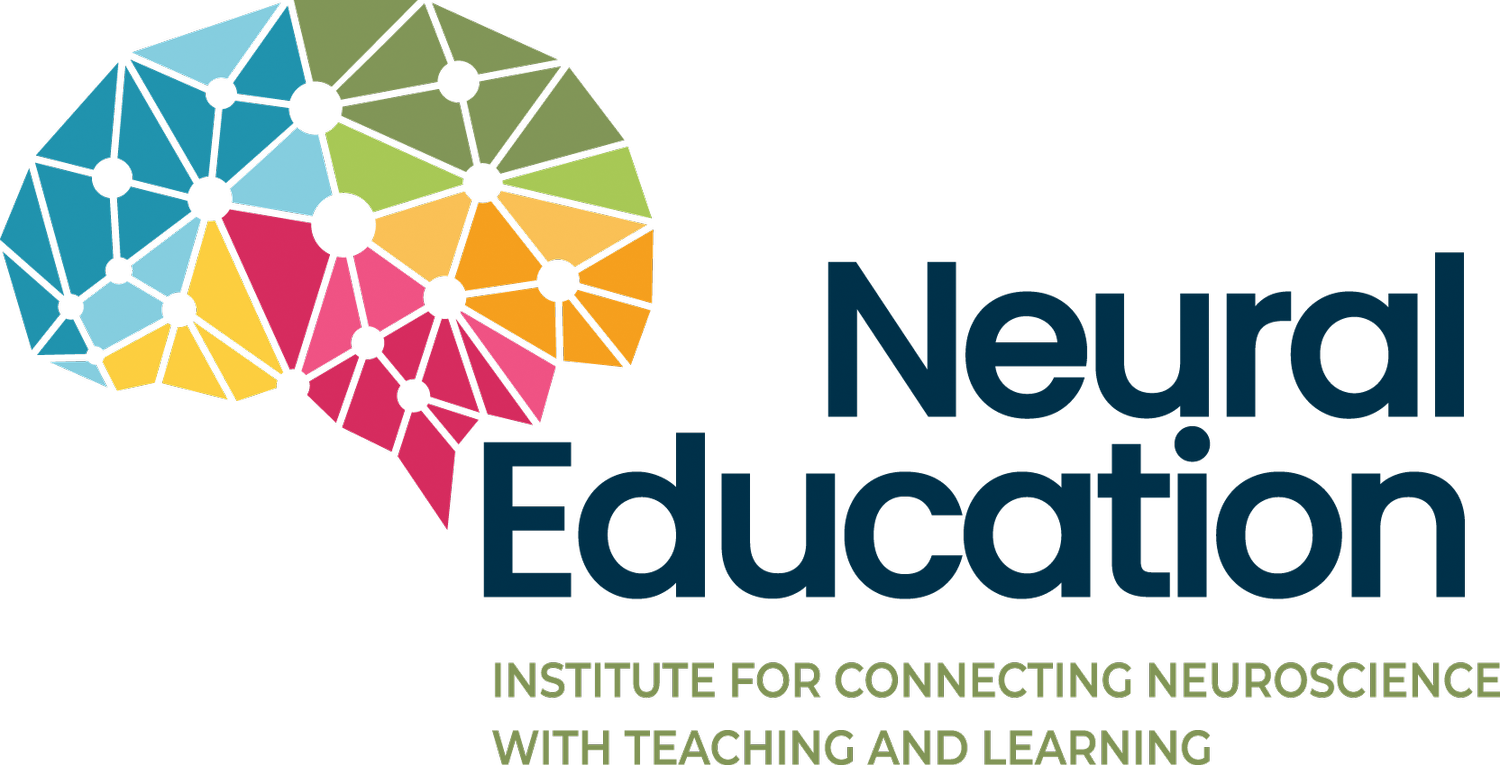Mindfulness Within Reach: Helping Every Student Find Their Moment
According to the Mayo Clinic, “Mindfulness is a type of meditation in which you focus on being intensely aware of what you’re sensing and feeling in the moment, without interpretation or judgment.”
Benefits of mindfulness include decreased stress and anxiety, improved sleep, improved memory, improved interoception (the ability to recognize what is happening inside of your body.) To get brain-y with some research from Psychology Today, think of growth in the frontal cortex (improved executive function skills), decreased activity in the amygdala (anxiety and fear reduced), and enhanced functioning of the mirror neurons (increased connection with others).
These sound great, right? Just think about all the benefits for our students if they can spend more time in a state that is receptive to new learning. Sign me up!
You can start now with three easy mindfulness practices
1. Pay attention to the moment using all your senses.
2. Focus on your breathing. Bring open and accepting attention to yourself.
3. Complete a body scan.
I can do this. My singing bowl sings and I settle into my comfortable position…am I still hearing the bowl sing or wait…what’s that–is it the buzzy sound of the light? Hmm… is that a loose thread on my sock, should I pull on it, that will make a hole… Oops, I’m supposed to be breathing calmly now… oh no, we’re exhaling now… lemme do that, oh no, inhaling… what does it mean if you fail mindfulness? Is that mind-full-ness? Mind-less-ness? Oh, I’m not supposed to judge…
Mindfulness and Neurodiversity
For neurodivergent individuals, mindfulness techniques designed to connect with neurotypical minds might be missing the mark. We don’t all perceive sensory input the same way. In her article “Learning to Celebrate Neurodiversity in Mindfulness,” Sue Hutton explains a variety of differences in perception and concludes, “These different ways that the brain is wired are key when it comes to understanding our experience of mindfulness practice.”
So, what can we as educators do to help all students connect with mindfulness and its benefits?
Keep an awareness that mindfulness is not one size fits all. Mindfulness practice can be as unique as our individual brains, so help individuals reflect on what is working or not working for them.
Use what you know about the learner to help them creatively access mindfulness practice. A student who loves visual stimming as a self-soothing technique might need a visual cue to help them notice what their breath is doing. Walking meditation may be more successful for a student who likes to move.
Celebrate little successes. Sitting in the group while others are taking part in an activity, trying a new breathing technique, finding a fidget that allows them to focus on a sensation in their body – these can be an entry-point into mindful practice.
Mindfulness Within Reach
Helping students access the benefits of mindfulness starts with a mindful approach from educators. By honoring the diversity of our learners and celebrating their progress, we can make mindfulness a practice that feels achievable for everyone.
